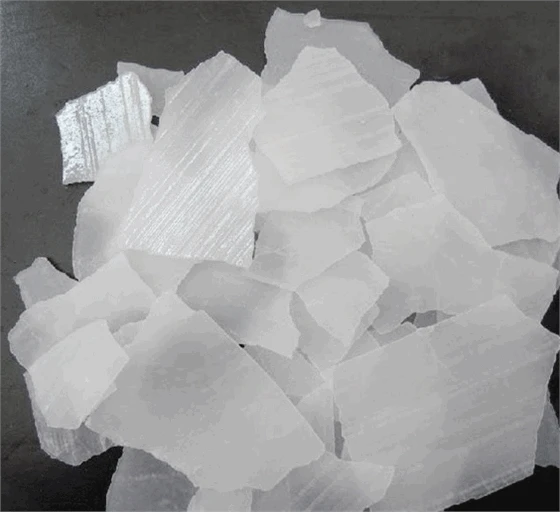



potable water treatment chemicals
Understanding Potable Water Treatment Chemicals
Access to clean and safe drinking water is a fundamental human right and essential for public health. To ensure that water meets safety standards for consumption, various treatment processes are employed. One integral component of these processes is the use of potable water treatment chemicals. These chemicals play a crucial role in purifying water, removing contaminants, and making it safe for human consumption.
The Importance of Water Treatment
Water sources are often polluted by industrial discharge, agricultural runoff, and urban waste. To combat these issues, water treatment plants are established to convert raw water into potable water. This process involves several steps, including coagulation, sedimentation, filtration, and disinfection. Each of these steps relies on specific chemicals that aid in removing impurities and pathogens.
Types of Potable Water Treatment Chemicals
1. Coagulants Coagulants are chemicals used to clump together tiny particles suspended in water, making it easier to remove them. Common coagulants include aluminum sulfate (alum) and ferric chloride. When added to water, these substances bind with dirt and organic matter to form larger aggregates known as flocs, which can then be removed through sedimentation and filtration.
2. Flocculants Following coagulation, flocculants enhance the aggregation of particles. These chemicals help settle the flocs created during coagulation. Polymers, either natural or synthetic, serve as typical flocculants. They improve the efficiency of the sedimentation process, leading to clearer water after the treatment.
3. Disinfectants The disinfection stage is critical for ensuring the microbiological safety of drinking water. Chlorine is the most widely used disinfectant because of its effectiveness in killing bacteria and viruses, and its residual presence helps prevent recontamination. Other disinfectants, such as ozone and ultraviolet (UV) light, are also employed, especially in scenarios where chlorine might produce harmful by-products.
potable water treatment chemicals

4. pH Adjusters The pH level of water is vital for effective treatment and optimal disinfection. Chemicals such as sulfuric acid or sodium hydroxide can be used to adjust the pH of water to desired levels. Maintaining an appropriate pH not only ensures the efficiency of disinfectants but also helps prevent corrosion in distribution systems.
5. Corrosion Inhibitors After treatment, water is piped through extensive networks to reach consumers. Corrosion inhibitors are used to protect these pipes from deterioration. Common chemicals include phosphates and silicates, which form protective layers on the pipe surfaces, reducing the leaching of heavy metals into drinking water.
6. Flouride In many areas, fluoride is added to drinking water to help prevent tooth decay. The addition of fluoride is a public health measure that has significantly reduced cavities in communities where it is implemented.
Environmental Considerations
While the use of water treatment chemicals is necessary for producing safe drinking water, their environmental impact must not be overlooked. Improper handling and disposal of these chemicals can lead to pollution of local water bodies. Therefore, it’s crucial for water treatment facilities to adopt sustainable practices, such as recycling chemicals when possible and ensuring that waste is treated appropriately before disposal.
Conclusion
The use of potable water treatment chemicals is essential in the quest for clean and safe drinking water. These chemicals not only aid in removing physical, chemical, and biological contaminants but also play a significant role in protecting public health. As global water scarcity and pollution increase, the pertinence of effective water treatment solutions becomes ever more critical. With ongoing advancements in technology and the development of more sustainable chemicals, the future of potable water treatment looks promising, ensuring that everyone has access to safe drinking water.
-
Why Sodium Persulfate Is Everywhere NowNewsJul.07,2025
-
Why Polyacrylamide Is in High DemandNewsJul.07,2025
-
Understanding Paint Chemicals and Their ApplicationsNewsJul.07,2025
-
Smart Use Of Mining ChemicalsNewsJul.07,2025
-
Practical Uses of Potassium MonopersulfateNewsJul.07,2025
-
Agrochemicals In Real FarmingNewsJul.07,2025
-
Sodium Chlorite Hot UsesNewsJul.01,2025










